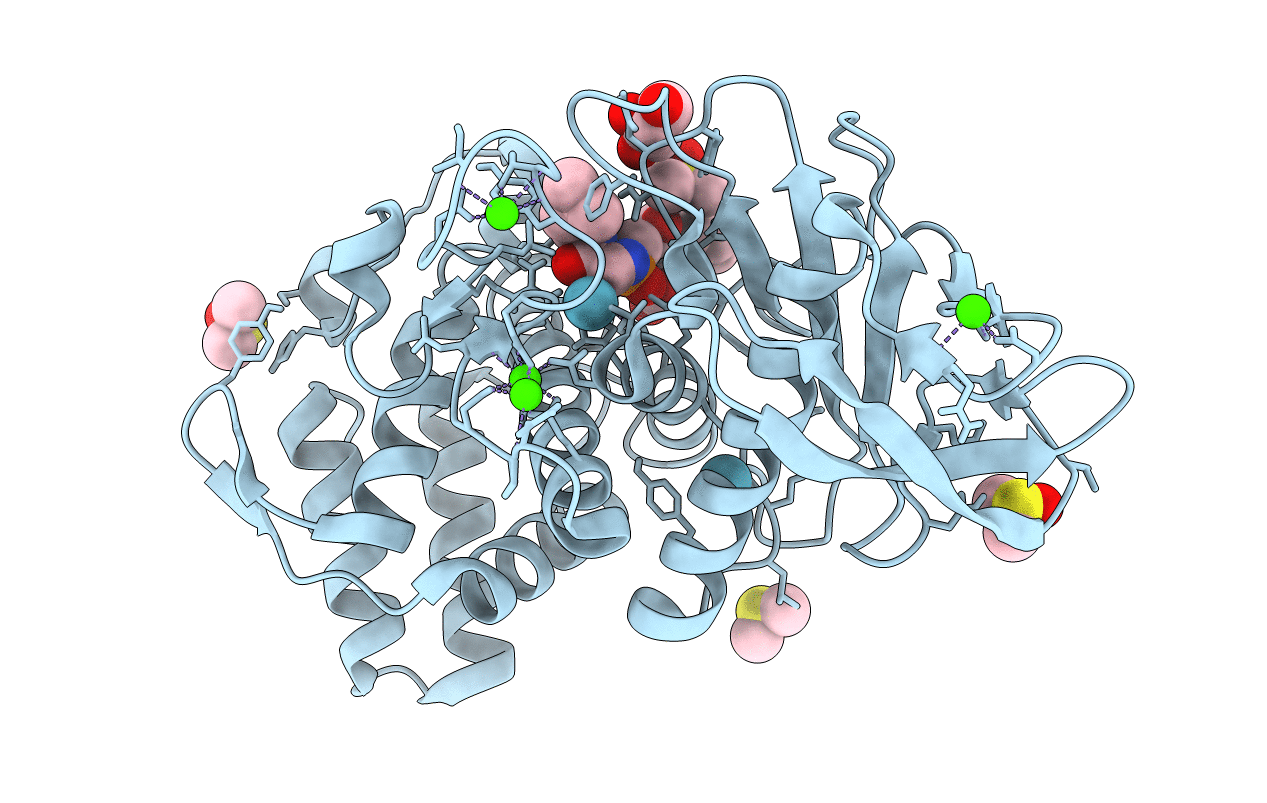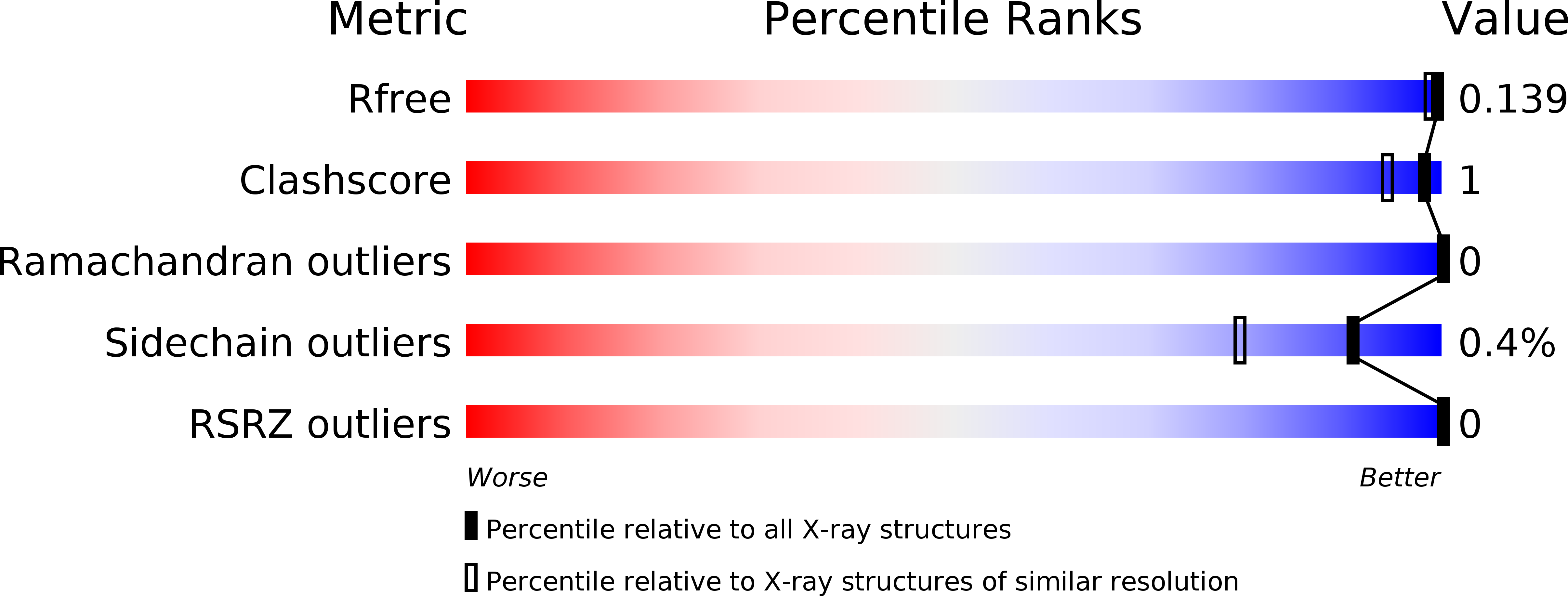
Deposition Date
2016-10-21
Release Date
2017-08-16
Last Version Date
2024-01-17
Method Details:
Experimental Method:
Resolution:
1.33 Å
R-Value Free:
0.13
R-Value Work:
0.11
R-Value Observed:
0.11
Space Group:
P 61 2 2


